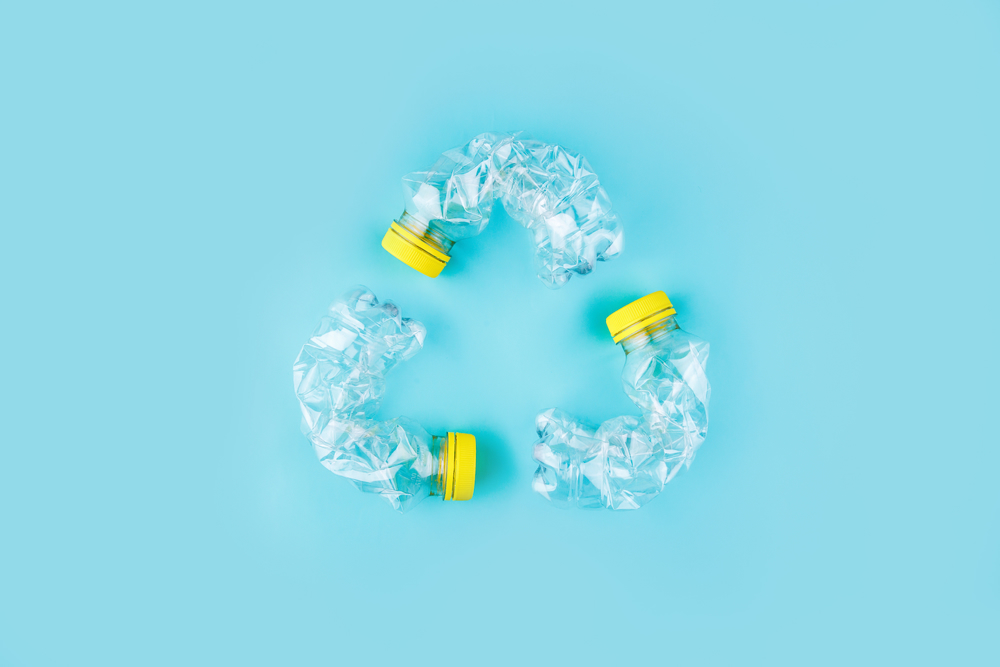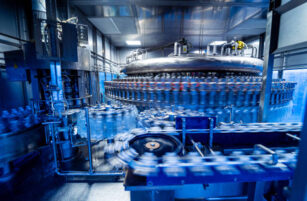Insight Focus
- Chemical recycling challenged by environmental perceptions, underperforming technologies.
- Carbios produces its first 100% recycled PET bottles from textile waste.
- Are carbon neutrality and plastic sustainability goals compatible?
This Month’s Top Trends
1. Will Environmental Concerns Slow Chemical Recycling’s Process?
A recent report from ecoprog, an environmental consultancy, said: “Few topics in waste management polarise as strongly as chemical recycling does”. Over the past month, the potential environmental impact of some chemical recycling operations has come under increased scrutiny.
In March, the Natural Resources Defence Council (NDRC) released a scathing report into the chemical recycling sector. It said that out of the eight chemical recycling facilities currently under construction in the US, five were engaged in plastic-to-fuel conversion, incinerating plastics, rather than recycling.
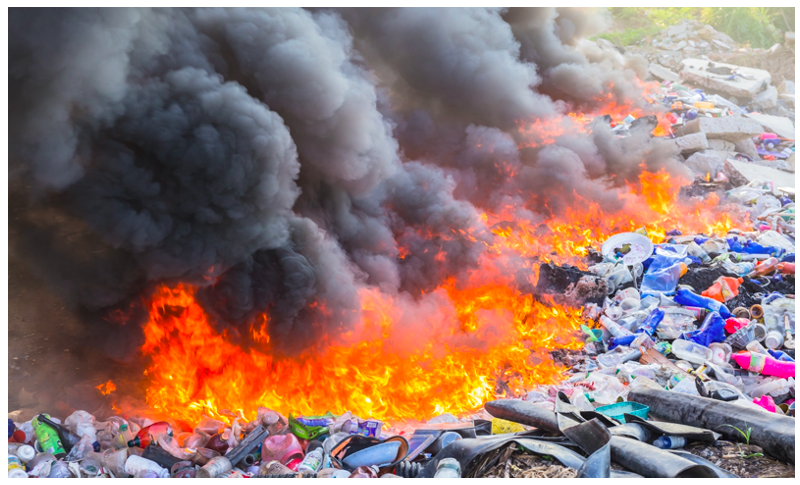
Elsewhere, in Canada, Ontario’s provincial government is looking remove the requirement for certain advanced recycling projects to undergo an environmental assessment. The hope is that, by lowering the procedural burden on facilities, the province will boost recovery rates. However, such a move is provoking a public backlash.
March also saw Loop Industries, a high-profile chemical recycling company, enter into a settlement agreement after investors filed a class action lawsuit against the chemical recycling company last October, accusing the company of misleading investors as to the capabilities of the technology.
Implications
With demand for recycled materials growing by the day, many fast-moving consumer goods companies are heavily reliant on the future development of large-scale chemical recycling facilities to achieve publicly stated commitments towards the use of recycled content.
Although not at a tipping point yet, the chemical sector should be wary of the impact of negative public perceptions and their potential to stymy development. Lowering environmental standards or enabling technologies that are not compatible with the circular economy, may prove counter productive to the health of the plastics industry in the long run.
2. Microbes Make Recycling Breakthroughs
Of the 90+ advanced recycled projects currently planned around the world, French recycling specialist, Carbios, is potentially one of the most promising.
This month, Carbios announced that it had successfully produced a 100% enzymatically recycled white PET fibre from coloured textile waste. At the same time, the company produced its first 100% recycled PET bottles from the same textile waste.
Underlying the company’s approach are genetically modified enzymes capable of breaking down post-consumer PET waste into its constituent monomers, purified terephthalic acid (PTA) and monoethylene glycol (MEG).
Carbios aims to launch a textile recycling operation in 2023, and Professor Alain Marty, Director of Science at the company, says it’s on track to launch a 44k tonne industrial scale facility in 2025.
Whilst Carbios takes much of the current limelight, research into the use of enzymes and microbes in recycling is heating up. This month, researchers at Tel Aviv University in Israel recently made headlines by developing biodegradable polymers derived from microbes that feed on seaweed. The cultivated bacteria feed on seaweed to make a bioplastic polymer polyhydroxyalkanoate (PHA).
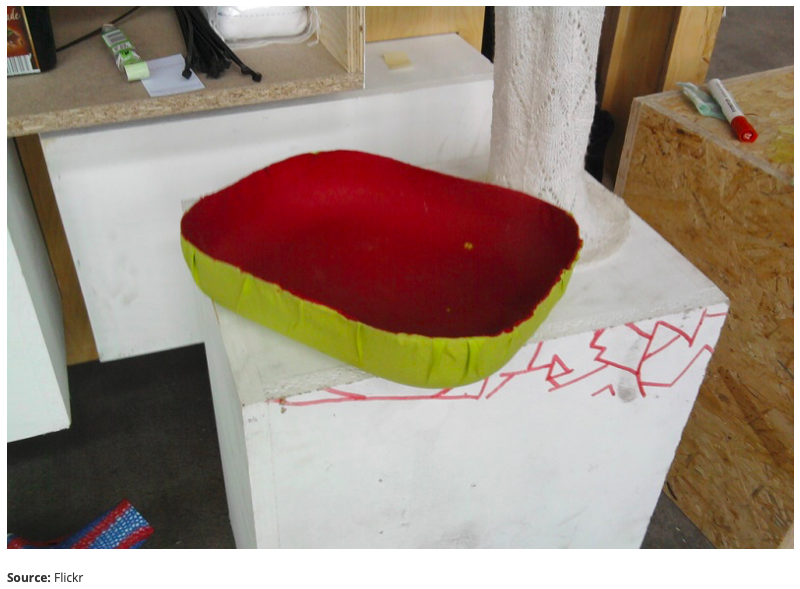
Implications
Although many enzyme-based technologies may face difficulties in scaling to commercial levels, potential advantages over other chemical recycling routes include lower carbon emissions and higher product yields.
Development of technologies, like Carbios’, that are capable of handling a variety of waste polyester streams would give a significant boost rPET feedstock availability and relieve pressure from the overstretched post-consumer bottle market.
Enabling the production of food-grade rPET from polyester fibre and PET trays, would open the door to almost untapped feedstock pools. To aid the development of textile-to-bottle routes, the separate collection of textile waste will be mandatory for all EU Member States from the 1st January 2025.
3. Design Innovation Boosting Packaging Sustainability: Caps
Packaging weight, design and label choice all have an impact on post-consumer recovery. Decisions made during the design phase can not only impact physical performance but also recyclability. Although only a small bottle design component, the humble cap has seen a flurry of innovation in recent months.
Most recently, UK supermarket chain, Waitrose, and UK yoghurt brand, Müller, announced that they were scrapping coloured caps on milk bottles in recycling trial. Unlike the current blue, green, and red lids on HDPE milk cartons, the supermarket chain will sell Müller products with clear caps. It’s hoped that this small change will boost the availability of food-grade rHDPE within the UK market.
Traditional Lids Can’t Be Recycled
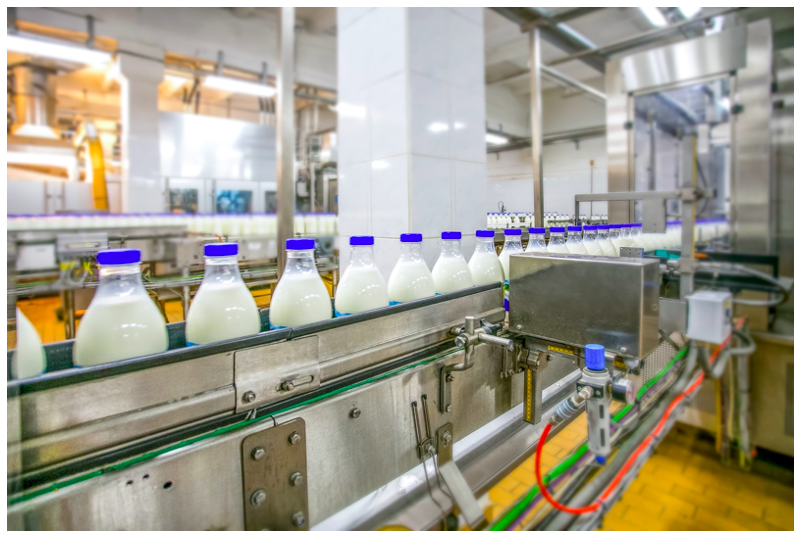
In March, Coca-Cola also highlighted the successful trial of a new tethered cap design in Germany. Coca-Cola’s bottling plant at Dorsten in the state of North Rhine-Westphalia was its first to equip bottles with caps tethered to a safety ring on the necks of the bottles. This comes ahead of an EU directive requiring tethered drinks-bottle caps in all member states by the 3rd July 2024.
Implications
Bottle design remains a hot topic, rife with innovation. Although, some design elements will be mandated, most leading brands are proactively developing design solutions to boost recyclability.
From the shift to colourless bottles to label designs, even labelless bottles, brands are creating a more recyclable bottle pool that will improve bale yields and future rPET availability.
4. Plastics Industry Reaches for Climate Neutral Goals
Major plastic producers and packaging manufacturers are increasingly incorporating circular economy and recycling goals within a broader climate agenda. The primary goal for many has now become the lowering of greenhouse gas emissions, with the reduction of virgin plastic and recycled content helping achieve this goal.
In 2021, PepsiCo sourced 100% renewable electricity for direct operations in 15 different markets, including the US, Mexico, Australia, and 12 countries in PepsiCo’s Europe sector. The company has also set new targets to source 100% renewable electricity across all its company-owned and controlled operations globally by 2030, and across its entire franchise and third-party operations by 2040.
Alpla has also actively pursued various avenues to significantly reduce CO2 emissions at its European packaging plants. Last year, Alpla made its three German plants carbon-neutral, offsetting emissions through a reforestation project and carbon credits.
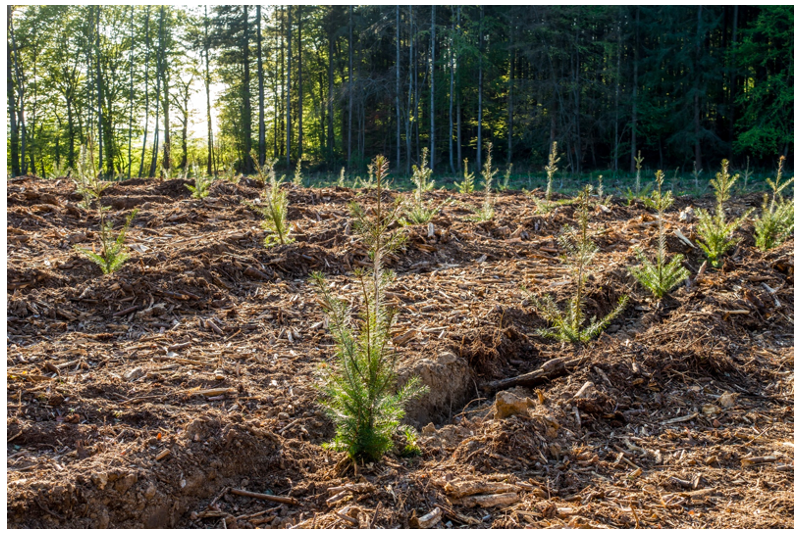
Over the last few years, Alpla has also invested heavily in renewable energy. Its recycling plants in Wöllersdorf, Austria, and in Radomsko, Poland, use a renewable energy mix. Whilst the company uses wind power in Mexico to cover over 60% of its energy demands.
Other global packaging players have trodden a similar path towards carbon neutrality. Paccor aims for 100% renewable energy by 2024 and carbon neutrality by 2050.
Implications
Is the bigger picture carbon neutrality, or does the narrative distract from tackling the challenge of waste plastic?
Whilst reducing virgin plastic production aids corporate compliance with the Paris Agreement’s pursuit of net-zero emissions by 2050, achieving carbon neutrality doesn’t necessarily solve the problem of plastic pollution.
Given the public backlash towards plastic packaging in recent years, companies should be wary of any approach that would deprioritise actions on plastic pollution in favour of lowering emissions, particularly using carbon credits.
Other Insights That May Interest You…
Plastics and Sustainability Trends in February 2022
Plastics and Sustainability Trends in January 2022
Plastics and Sustainability Trends in December 2021
Explainers That May Interest You…
